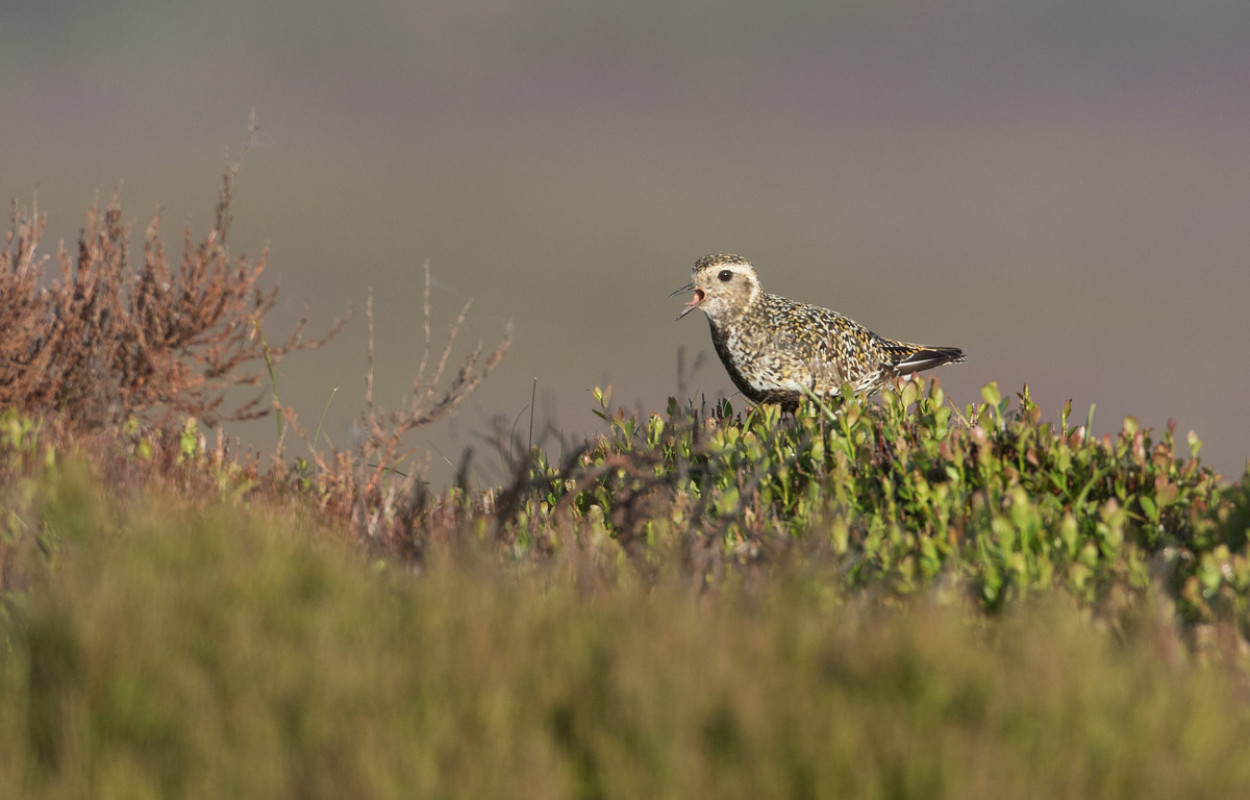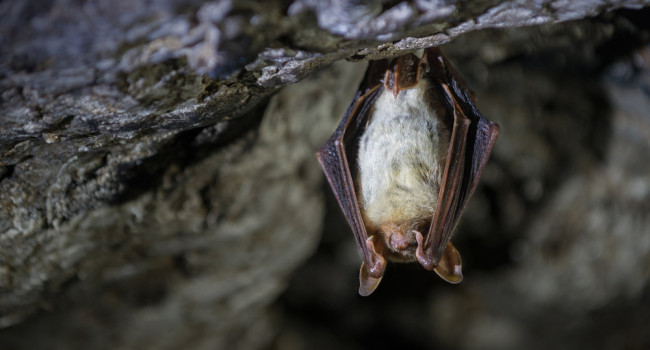Trade-offs between the natural environment and recreational infrastructure: a case study about peatlands under different management scenarios

Author(s): Martino, S., Kenter, J.O., Albers, N., Whittingham, M.J., Young, D.M., Pearce-Higgins, J.W., Martin-Ortega, J., Glenk, K. & Reed, M.S.
Published: November 2022
Journal: Land Use Policy
Digital Identifier No. (DOI): https://doi.org/10.1016/j.landusepol.2022.106401
Land use policy seeks to manage benefits for different groups within society by balancing competing interests. These benefits could be the delivery of food through agriculture or the provision of recreational opportunities; they may also be less tangible things, such as carbon storage or flood mitigation. An important component of balancing these competing interests is to understand their relative importance to different parts of society, something that is addressed through this collaborative paper including BTO, which uses peatland restoration as an example.
Abstract
The importance of peatlands for conservation and provision of public services has been well evidenced in the last years, especially in relation to their contribution to the net zero carbon emission agenda. However, little is known about the importance of recreation relative to conservation and their trade-offs. In this paper we address this knowledge gap by exploring the trade-offs between natural properties of peatlands and recreational infrastructures for different categories of recreationists (walkers, cyclists, anglers, and birdwatchers) of an open heather moors and peatlands landscape. We do so by building on a series of management scenarios formulated through participatory methods and applying choice experiment related to an Area of Outstanding Natural Beauty and UNESCO Global Geopark in the UK. Results show a high degree of heterogeneity in landscape preferences across different user groups. Recreationists had a higher appreciation for semi-natural habitats compared to pristine or restored peatland (e.g., land rewetting). Walkers and cyclists were more sensitive to changes in the availability of recreational facilities than to environmental quality, while anglers’ and birdwatchers’ preferences were more aligned with values promoted by restoration policies. Overall, our results point to a potential value conflict between benefits generated by conservation and the benefits valued most by some groups of recreationists. To maximise success conflicts like the one revealed here need to be considered in strategies that provide a central role for peatlands in net zero climate mitigation strategies.
Peatlands were once considered as a source of materials: peat for the fire and hunted prey for the pot, but they have also been used as a site for forestry and agriculture. Most recently, they are being considered for the provision of ecosystem services, delivering public goods such as climate change mitigation, water quality, biodiversity benefits and recreational opportunities.
Peatland restoration delivers some of these services but may limit opportunities for the delivery of others. Understanding how people value these different services is central to the future management of peatlands, but there is little available information on this. This paper addresses this knowledge gap by exploring the trade-offs between the natural properties of peatlands (good for biodiversity and climate change mitigation) and recreational infrastructures (good for leisure activities and some cultural services).
By using a workshop and a choice experiment, the research team was able to explore the views of different recreational users – walkers, cyclists, anglers, birdwatchers – of the North Pennines Area of Outstanding Natural Beauty. The recreational users were found to have a greater appreciation for semi-natural habitats compared to pristine or restored peatland. Walkers and cyclists were more sensitive to changes in the availability of recreational facilities than to environmental quality, while the preferences of anglers and birdwatchers were more aligned with those values promoted by restoration policies. These results highlight a potential conflict between the benefits created by conservation action (e.g. rewetting) and those valued by some groups of recreational users (e.g. walkers and cyclists).
This work highlights the challenges faced when trying to balance different needs or varying perceptions of value. It also underlines the importance of collecting information from different stakeholders at an early stage, providing the evidence that is required to make informed land management decisions.







Share this page